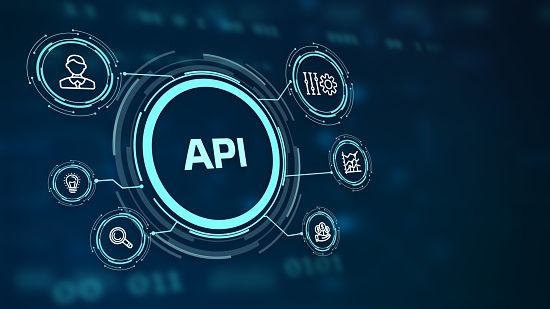Application Programming Interface

Nalin

Application Programming Interface (API) is a machine-readable software intermediary that allows two software products to exchange data and functionalities. In simple terms, just like how humans use a language to express themselves, applications use API to facilitate communication and leverage each other's data. Read along this post to understand an API, how it works and its adoption trajectory over the years.
For example, take a case wherein you are hungry and immediately need to visit a restaurant nearby. You instantly open your google browser and key in 'restaurants near me'. You will find a list of restaurants in ascending order of distance from your current location, reviews, business hours, contact information, etc., and all the information you need in one place. Since you want to grab a bite at the restaurant, you click on the directions to guide you. Google browser immediately opens Google maps, and you are on your way. In this course, you hardly wonder how you jumped from google browser to google maps without any effort. However, there was a seamless integration of applications that made this possible. All this process, from bringing together the restaurant information to guiding you in the direction on Google maps, happens via API.
Apart from facilitating the mode of communication, APIs play an integral role in most tech companies. APIs are the primary reason several companies embrace digital presence to reach more customers. From powering online advertisements, adaptive websites and cloud businesses to user-friendly digital interfaces enhancing customer interactions, APIs are instrumental in delivering newer products and unique experiences to the market.
What initially integrated applications to create ecosystems is now fueling innovation and business. Today, companies see an opportunity in sharing data and functionalities across platforms to solve customer pain points. Companies will engage with customers in the metaverse because businesses use API to build new customers in the digital world.